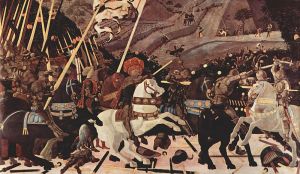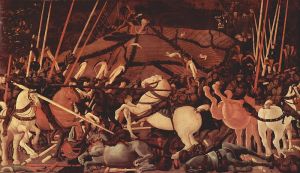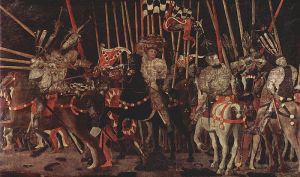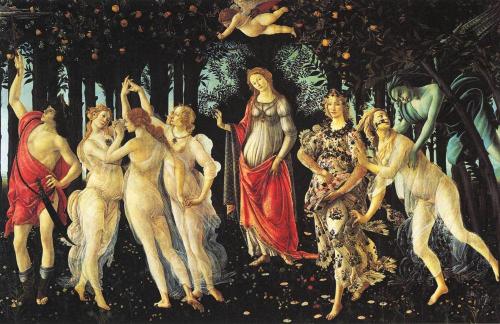I first learned of the ukiyo-e prints when attending Dr. Charles Green’s lecture on modern art in Paris. The popularity and influence of Japanese woodblock prints in the Parisan art world is well known. The painterly techniques employed in Impressionistic styles were often described to have been influenced by the distinct use of “flatness” and in particularly, a unique composition technique framing the image by cutting it off abrubtly. The Great Wave off Kanagawa (1831), painted by Katsushika Hokusai in his 70s, is an unforgettable masterpiece that had come to epitomise Japanese art and culture. Possibly one of the most commonly appropriated motifs from the East, “The Great Wave” is now an iconic image that carried many symbolic undertones ranging from courage to more philosophical notions of mortality and the passage of life.
Interestingly, it is believed that Hokusai’s interest in painting waves was apparent even in his early apprentice days as a craftsman making popular prints of Kabuki and the “Floating World” – pictures of the courtesans or townsmen indulging in everyday leisurely pleasures. In particular, it was believed that he had seen the work of Shiba Kokan who had painted landscapes and seascapes of Japan in Western perspective and oils. There is a certain 3-dimensionality to The Great Wave that had been collapsed into layers such that the crests of waves were dramatised to create movement. It is possibe to identify as well the use of geometry – for example the wave and Mt Fuji forming triangles – and this was believed to be a technique common in western perspective drawing.
The Great Wave was developed as part of a series of prints on Mount Fuji. Unknown to many, Hokusai had embarked on this project out of necessity. At 70, Hokusai had carved for himself a solid reputation as a skilled craftsman and would have retired comfortably if not for his obnoxious grandson who had gambled away his life-savings. Destitute and desperate, Hokusai returned to the commercial printing world and continued his partnership with his publisher. Mount Fuji is an important geographical icon to Japanese. Although feared for its destructive potential, Mount Fuji was the source of water to many villages living nearby. Over the years, it had also become a site for pilgrims to travel to. In The Great Wave, Mount Fuji was depicted in the distance and looming high up in a menancing stance is the great pyramidal wave as three fishing boats tried desperately (courageously?) to escape. Japanese art historians saw in this work a somewhat personal commentary by Hokusai on the transience of life and the oarsmen were neither feeling afraid nor desperate; rather, they were at peace with nature and the ways of life in the natural order of things.






